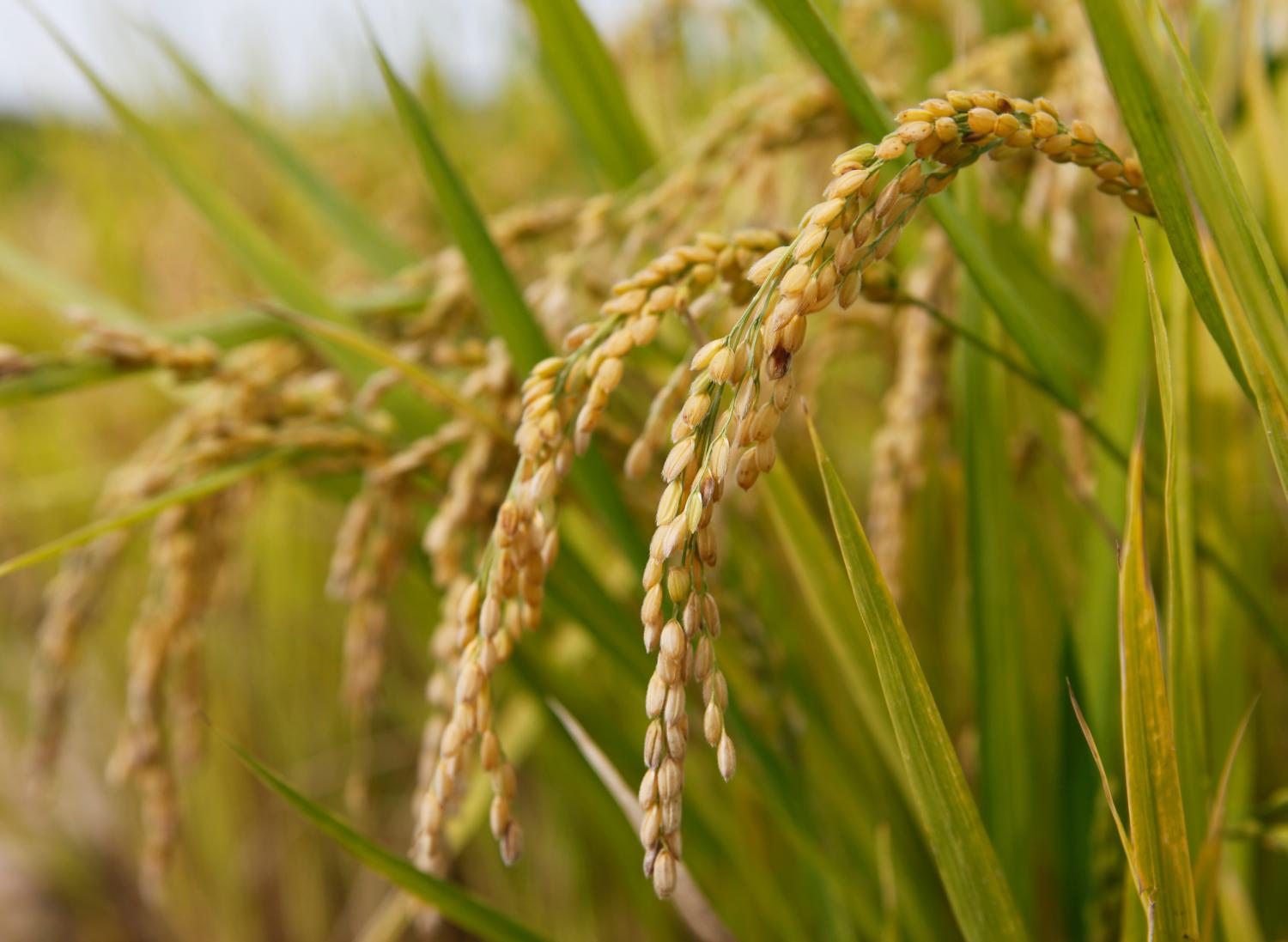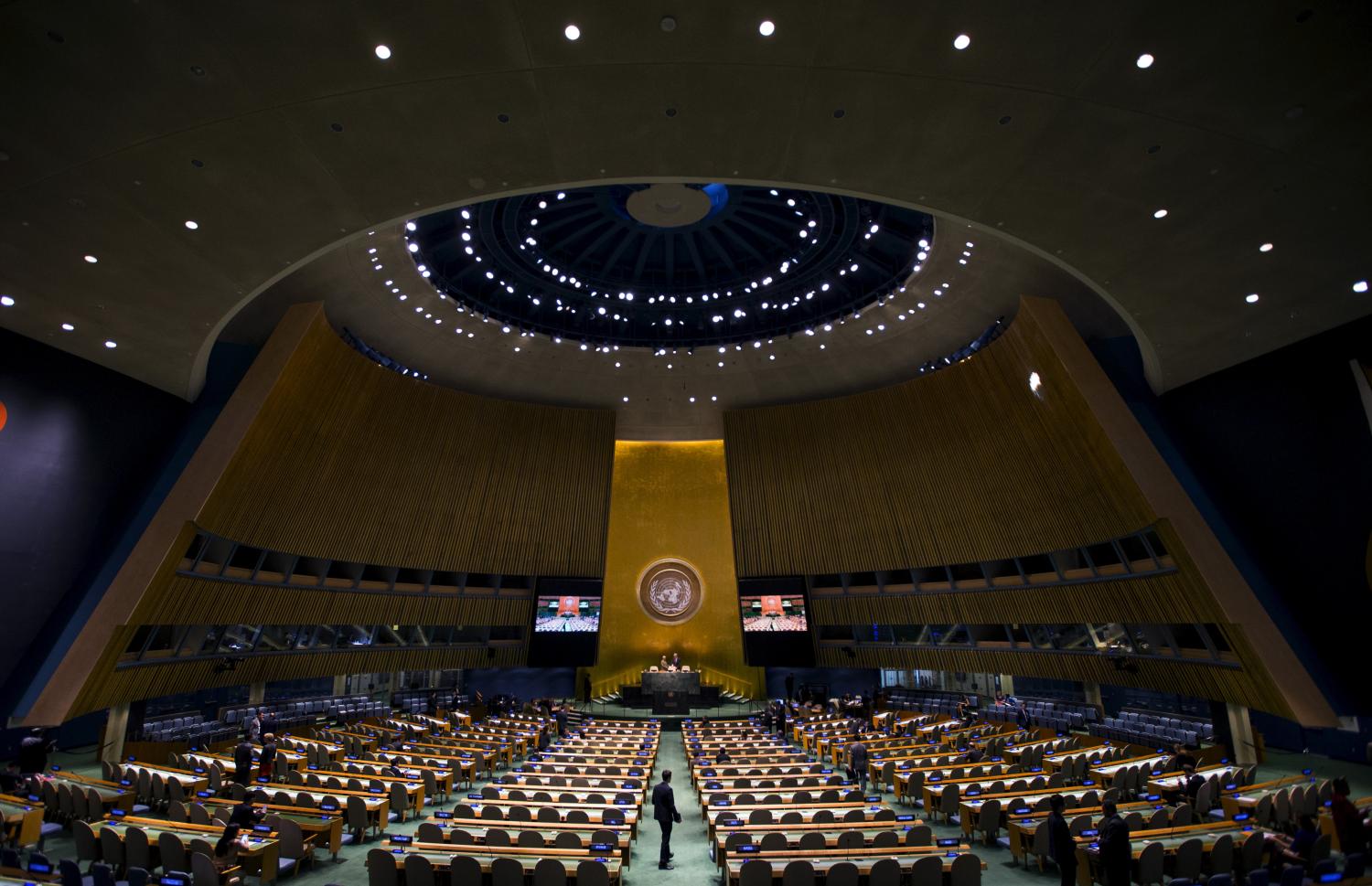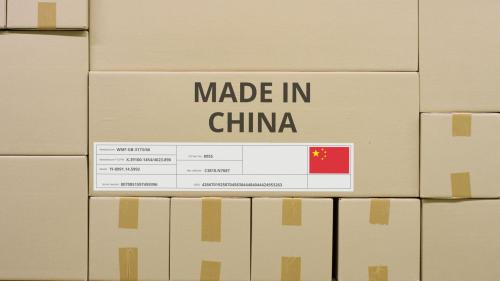The transformation of Korea’s FTA policy towards an ambitious trade strategy, inking deals with major economic partners, minimizing exclusions, and tackling non-tariff barriers, was largely the result of important institutional changes to the trade policymaking setup at the dawn of the 21st century. However, trade policy has been a hot button political issue, and the South Korean government has found it difficult to navigate the challenges of ensuring greater inclusivity, transparency, and the development of an effective safety net for disadvantaged sectors. The country today is at a critical juncture in its trade policy. A recent bureaucratic reshuffle reverting trade negotiation authority to the commerce ministry has generated concern about its implications for the continuation of Korea’s proactive trade policy. On the other hand, South Korea is currently in the midst of negotiating mega trade agreements in East Asia and faces the very important decision on whether to seek entry into the Trans-Pacific Partnership (TPP) trade negotiation. For South Korea, the benefits of TPP membership are multifold: sizable gains from trade, greater bargaining power in ongoing negotiations with China and Japan to tackle non-tariff barriers, the rationalization of its FTA noodle bowl, and the consolidation of a forward-leaning alliance with the United States. For a country with ambitions to become an international trade hub, absence from a major platform to promote Asia-Pacific economic integration would be a lost opportunity.
South Korea has negotiated free trade agreements (FTAs) of great ambition putting itself at the forefront of the FTA trend in Asia and elsewhere in the world. This feat is all the more remarkable given that South Korea’s FTA policy was initially a reactive response to the rapid proliferation of preferential trade agreements in the world, and Korean trade negotiators initially played defense, trying to limit market opening in sensitive sectors. The transformation of Korea’s FTA policy towards an ambitious trade strategy, inking deals with major economic partners, minimizing exclusions, and tackling non-tariff barriers, was largely the result of important institutional changes to the trade policymaking setup at the dawn of the 21st century. Presidential leadership, the entrusting of trade policy to an elite cadre of public officials housed in the Ministry of Foreign Affairs and Trade (MOFAT), and the efficient coordination of bureaucratic interests have allowed South Korea to deploy a strategy to become an international trade hub. However, trade policy has been a hot button political issue in South Korea, and the government has found it difficult to navigate the challenges of ensuring greater inclusivity, transparency, and the development of an effective safety net for disadvantaged sectors.
The country today is at a critical juncture in its trade policy. On the one hand, the decision by newly inaugurated President Park Geun-hye to revert trade negotiation authority to the commerce ministry has generated concern about the implications for the continuation of Korea’s proactive trade policy. On the other hand, South Korea is currently in the midst of negotiating mega trade agreements in East Asia and faces the very important decision on whether to seek entry into the Trans-Pacific Partnership (TPP) trade negotiations. This paper makes the case that for a country like South Korea, with ambitions to become an international trade hub, absence from a major platform to promote Asia-Pacific economic integration is a lost chance. If South Korea seizes the TPP opportunity, it stands to benefit handsomely from sizable gains from trade, greater bargaining power in ongoing negotiations with China and Japan to tackle non-tariff barriers, the rationalization of its FTA noodle bowl, and strengthening of relations with the United States by supporting President Obama’s signature trade policy initiative. It is a fateful decision indeed.
This paper is organized as follows. Section 1 discusses the evolution of South Korea’s FTA policy, highlighting the transformation of a low-key FTA approach mostly concerned with minimizing the costs of trade adjustment into a high-yield trade strategy that has secured preferential market access in large industrialized nations while drastically reducing the number of sectoral exclusions. Section 2 focuses on the central role that presidential leadership, centralized decision making, and effective bureaucratic coordination mechanisms played in the emergence of this proactive trade policy. Section 3 underscores the tradeoffs of such centralization in trade policymaking as the demands from greater inclusiveness and transparency have generated heated ratification battles and widespread grassroots mobilization. Section 4 discusses the trade adjustment programs that the Korean government has put in place to quell opposition to market opening, and draws attention to the challenge of designing compensation programs that do not extinguish the incentives for reforms necessary to boost competitiveness in low productivity sectors. Section 5 analyzes the expected benefits for Korea of joining TPP in terms of reaping gains from trade, improving its bargaining power in concurrent negotiations with China and Japan, pressing for higher quality FTAs, streamlining the complicated web of its trade agreements, and strengthening relations with the United States. The conclusions offer policy recommendations to the American and Korean governments to ensure South Korea’s meaningful participation in the TPP.
The Brookings Institution is committed to quality, independence, and impact.
We are supported by a diverse array of funders. In line with our values and policies, each Brookings publication represents the sole views of its author(s).




